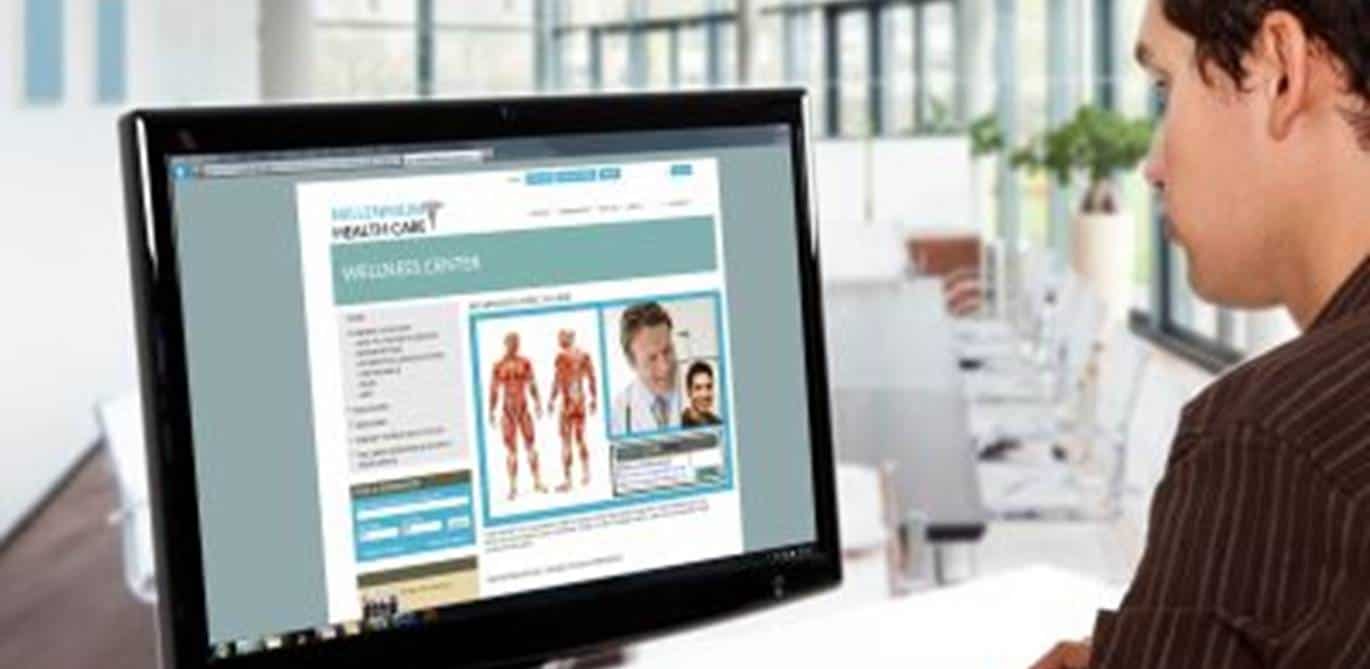For over twenty years, healthcare industry visionaries have been developing applications for “telemedicine” – or “connected care” – bringing together patients and their care teams over the Internet. Late in the last century, hundreds of millions of dollars were spent building video capabilities using earlier networking technologies – remember ISDN lines? Most video medicine was built around bringing the world’s best specialists to the virtual table, connecting major medical centers and teaching universities, meeting in video conferencing rooms that cost – literally – a fortune.
In the late 90’s, “the Internet” was still slow, often unreliable, and also relatively expensive, and there was no such thing as mobile broadband. 
The rationale for using video technologies for diagnosis, consultation, treatment, research and ongoing education has not changed much: it makes all the sense in the world. What has evolved are solutions that are now proving to dramatically lower the cost of providing healthcare while also contributing to “big data” that is making it possible for researchers, pharmaceutical companies, and organizations to better understand, develop and continually improve how society cares for the infirmed.
Also trending dramatically is the use of real time interactive video applications for the prevention of disease and illness, through healthier lifestyles – which also positively impacts the economics of healthcare delivery (fewer sick people) while most importantly positively impacts people’s lives.
A study published online earlier this year in the journal Telemedicine and e-Health, validated the impact telemedicine has on cost, quality and access to care, focusing on three chronic diseases: congestive heart failure, stroke and obstructive pulmonary disease.
Their high level findings?
Congestive heart failure: Long-term telemonitoring support is the most efficient and effective model for disease management
Stroke: According to a 10-year evaluation, telestroke units helped increase the number of rural patients treated and deliver treatment faster over 10 years
CPOD: Telepulmonology is the best treatment, using remote measurement of lung function through telespirometry and teleconsultations between care providers, pulmonary specialists
In addition to these clinical findings, the authors of the report also noted reductions in services, re-admissions and length of hospital stay…along with some reductions in mortality rates.
More and more doctors and patients are embracing the use of video appointments and care through telemedicine, according to a second study also published in Telemedicine and e-Health, and companies who fund hundreds of millions of employee and employee’s family healthcare plans collectively, are likewise pushing for greater development and adoption of communications applications that make a visit to the doctor as easy as tapping a contact button on a browser.

The mobile revolution in healthcare continues, and with the advent of new technologies, driven by standards like WebRTC which make real time communications intuitive, immediate and affordable though browser-based applications, the experiences of patients and caregivers can be dramatically improved.
The next generation of medical professionals rely upon their mobile devices non-stop and naturally (compared to ten years ago when concerns about privacy, security, and other risks caused earlier generations to resist). Metal charts are being replaced with digital tablets, and apps are shared by doctors, specialists, pharmacists and most especially patients and their families.
Patients use apps to monitor their health, including tracking calories, glucose levels, heart rate, brain response time, and more. Complex regimens for managing chronic disease, including intake of medicines which can add up to super effective but also potentially risky “cocktails” – are more easily and safely managed by patients, their families and their healthcare teams.
EHR’s are also evolving with better usability to work with outside apps for data input and monitoring through more and more APIs, and we are starting to see human communications become embedded in these digital health records enabling live conversations, review of lab tests, and more literally within the app.

As the reduction in paper and related costs continues to improve, and the further development of digital devices and cloud solutions grows, we are well positioned not only in our industry but in society to make better care available to more people exponentially more efficiently.
The global telemedicine market grew from $4.2 billion in 2007 to more than $10 billion in 2012, according to a report released last June by medical market research firm Kalorama Information; we are doing something right. By designing more open systems and aligning the development of technology-based solutions with the overall rethinking of healthcare as a human right we may, in our lifetimes, create change that drives value for innovators and entrepreneurs, physicians and pharmacists, people and patients.




















